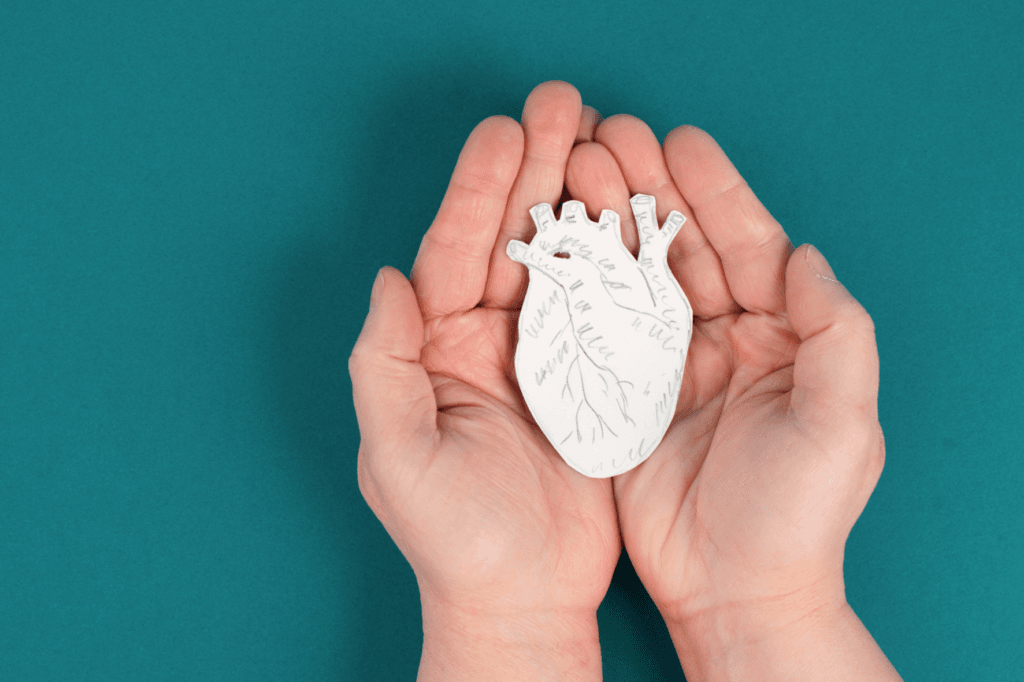Diabetes has become one of the most pressing public health challenges of our time. Rates have quadrupled since 1990, with over 830 million people worldwide living with the condition by 2022. This growing diabetes epidemic is not just a medical crisis but an economic and societal one, impacting families, communities, and nations.
India, home to over 77 million diabetes patients, ranks second globally for diabetes prevalence and is projected to have 134 million cases by 2045. This blog dives deep into the causes, impacts, and solutions to the diabetes epidemic, focusing on global trends and India’s unique challenges.
Table of Contents
Understanding the Diabetes Epidemic

Diabetes is a condition in which the body either fails to produce sufficient insulin or cannot use it effectively. Insulin, a hormone produced by the pancreas, plays a key role in regulating blood sugar levels. When insulin function is impaired, blood sugar levels rise, leading to serious health complications.
The three primary types of diabetes include:
- Type 1 Diabetes: An internal body condition where the immune system attacks insulin-producing cells. It requires lifelong insulin therapy.
- Type 2 Diabetes: The most common form, linked to poor lifestyle habits such as an unhealthy diet, obesity, and physical inactivity.
- Gestational Diabetes: It generally spikes during pregnancy and increases the probability of developing Type 2 diabetes at later stages.
Why is Diabetes Becoming an Epidemic?

The diabetes epidemic is driven by factors such as urbanization, dietary changes, sedentary lifestyles, and increasing obesity rates. These trends are not just limited to high-income countries but are rapidly escalating in low- and middle-income nations, where healthcare systems are often ill-equipped to handle the surge in cases.
India: The Diabetes Capital of the World

India’s diabetes crisis has reached alarming levels, with both urban and rural populations increasingly affected. Unlike high-income countries, India faces unique socio-economic and cultural challenges that exacerbate the diabetes epidemic:
- Urbanization and Lifestyle Changes: Rapid urban growth has led to sedentary jobs, fast-food consumption, and a decline in physical activity. Urban areas report higher diabetes rates compared to rural regions.
- Genetic Susceptibility: Indians have a higher genetic predisposition to insulin resistance and abdominal obesity, making them more vulnerable to diabetes at lower body mass indices (BMIs).
- Cultural Dietary Practices: Traditional Indian diets, rich in refined carbohydrates (e.g., white rice and bread), and sugary beverages contribute significantly to rising blood sugar levels.
- Healthcare Disparities: Rural areas suffer from limited access to diagnostic tools, medications, and specialized care for diabetes management.
Key Drivers of the Global Diabetes Epidemic

Dietary Changes
- The global shift towards processed and sugary foods has fueled the diabetes epidemic. In low- and middle-income countries, the adoption of Westernised diets has led to a sharp rise in Type 2 diabetes cases.
- Overconsumption of empty calories, such as sugary sodas, chips, and fast food, has replaced traditional, nutrient-rich diets, creating an obesity-diabetes cycle.
Obesity
- Obesity, more specifically abdominal obesity, is a major risk factor for Type 2 diabetes. Obesity rates have tripled globally since 1975, correlating directly with the rise in diabetes cases.
- In India, abdominal obesity is a significant problem, even among individuals with normal BMIs.

Sedentary Lifestyles
- Modern work and leisure habits contribute to decreased physical activity. Studies show that physical inactivity increases the risk of developing diabetes by over 50%.
- The growing prevalence of desk jobs and screen time has reduced energy expenditure, exacerbating the diabetes crisis.
Healthcare Gaps in Low-Income Nations
- Many low- and middle-income countries lack adequate healthcare systems to provide early diagnosis, preventive care, or affordable treatment for diabetes.
- India, for instance, has significant disparities in healthcare access, especially in rural areas, where diabetes often goes undiagnosed or untreated until complications arise.
The Impact of the Diabetes Epidemic

Health Consequences
- Cardiovascular Disease: Diabetes does increase the risk of heart attacks and strokes.
- Kidney Failure: Diabetes is the leading cause of chronic kidney disease (CKD) and end-stage renal disease globally.
- Blindness and Amputation: Unmanaged diabetes can cause diabetic retinopathy, leading to blindness, and neuropathy, resulting in foot ulcers and amputations.
Economic Strain
- Globally, diabetes costs healthcare systems over $825 billion annually. This includes direct medical costs, such as hospitalizations and medications, and indirect costs, such as lost productivity.
- In India, the diabetes epidemic leads to annual losses of approximately $38 billion, with the economic burden disproportionately affecting low-income families.
- Families often bear the brunt of diabetes-related costs, leading to financial strain.
Efforts to Address the Diabetes Epidemic

Global Interventions
- WHO Campaigns: Global initiatives promoting healthier lifestyles, better nutrition, and increased physical activity.
- Innovative Treatments: Advances in diabetes management, such as continuous glucose monitors, insulin pumps, and AI-driven predictive tools, have improved patient outcomes.
India-Specific Measures
- National Diabetes Prevention Program: Encourages lifestyle modifications, such as dietary improvements and exercise, to prevent diabetes onset.
- Integration Of Ayurveda and Yoga: Integration of Ayurveda and Yoga into primary healthcare centers in India represents a significant step towards a more holistic approach to health management, particularly for chronic conditions like diabetes.
- Subsidized Care: Efforts to make insulin and diagnostic kits affordable for low-income populations.
Pathways to Prevention and Management

Self Regulated Recommendations
- Healthy Eating: Transition to diets rich in whole grains, fruits, vegetables, and lean proteins while reducing sugar and processed food intake.
- Physical Activity: Engage in at least 150 minutes of moderate exercise per week, such as walking, cycling, or yoga.
- Routine Screenings: Regular blood sugar tests for early detection and management.
Tailored Solutions for India
- Public Awareness Campaigns: Educating citizens about diabetes symptoms, risks, and prevention strategies.
- Affordable Healthcare Infrastructure: Expanding access to diagnostic and treatment facilities in rural areas.
- Community-Based Initiatives: Leveraging local leaders to promote healthier lifestyles in villages and rural areas.
Conclusion
The diabetes epidemic is a global health crisis with profound medical, economic, and social implications. While India faces unique challenges due to its socio-economic and cultural factors, the solutions lie in a blend of public policy, healthcare innovation, and individual lifestyle changes.
With coordinated efforts, we can curb the rising tide of diabetes and improve the quality of life for millions worldwide.
How has diabetes impacted your life or community? Share your thoughts in the comments below!





5 Comments
[…] Click here to read the full article on diabetes management. […]
Great work in shedding light on the global scope of this epidemic!
Thank you! We’re glad to raise awareness about the global scope of this epidemic and its impact.
It effectively highlights the growing challenge of diabetes worldwide and the urgent need for proactive measures in prevention and management. Thank you for sharing this article!
Thank you for your insightful feedback! We truly appreciate your recognition of the article’s emphasis on the escalating challenge of diabetes worldwide.